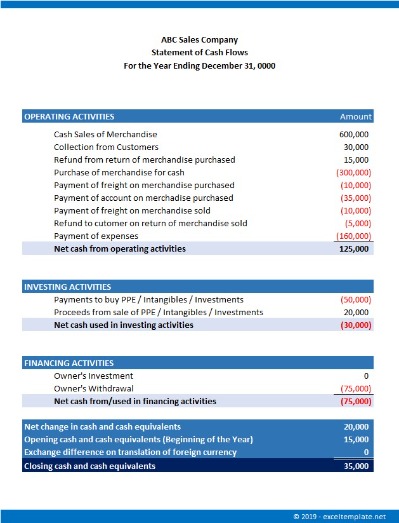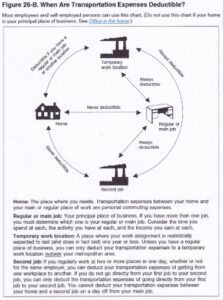
Companies prepare bank reconciliation statements as a comprehensive accounting comparison tool. A company can ensure that all payments have been processed accurately by comparing their internal financial records against their bank account balance. Bank reconciliation statements are also important for alerting a company in case of fraud or error. To be effective, a bank reconciliation kiplinger’s weekly earnings calendar statement should include all transactions that impact a company’s financial accounts. Bank reconciliation is an important financial control process that helps ensure your financial records are accurate, and there are zero unexplained inconsistencies in your day-to-day transactions. Bank administrators process bank service fees, interest, and other bank transactions that you might not be aware of or not know the exact amounts of.

Make Necessary Adjustments in the Balance as per the Cash Book
If so, these entries will not appear in the bank reconciliation statement prepared at the end of the current month. Bank reconciliation helps to identify errors that can affect estimated tax payments and financial reporting. The reconciliation statement allows the accountant to catch these errors each month. The company can now take steps to rectify the mistakes and balance its statements. We’ll take bookkeeping completely off your hands (and deal with the bank reconciliations too). The more frequently you reconcile your bank statements, the easier it is each time.
Which of these is most important for your financial advisor to have?
If you’re using accounting software, it may give you the option to connect your bank account so transactions are automatically downloaded and categorized. This can save you some time, although it’s important to periodically check everything manually to ensure its accuracy and that there are no bank errors. Your bank may collect interest and dividends on your behalf and credit such an amount to your bank account. The balance recorded in the passbook or the bank statement must match the balance reflected in the customer’s cash book. It is up to you, the customer, to reconcile the cash book with the bank statement and report any errors to the bank. Nowadays, all deposits and withdrawals undertaken by a customer are recorded by both the bank and the customer.
Or you could have written a NSF check (not sufficient funds) and recorded the amount normally in your books, without realizing there wasn’t insufficient balance and the check bounced. Maintaining accurate financial records makes it easier to organize your taxes when it comes time to file. Regular bank reconciliation saves you from having to review a full year of financial records—instead, you can quickly consult your reconciliation statements to review any required information. Keeping on top of your bank reconciliation ensures that you’re always aware of your company’s financial situation. This helps you anticipate any cash flow challenges so you can respond appropriately.
- (c) A deposit of $5,000 received by the bank (and entered in the bank statement) on 28 May does not appear in the cash book.
- Bank reconciliation helps to identify errors that can affect estimated tax payments and financial reporting.
- 11 Financial’s website is limited to the dissemination of general information pertaining to its advisory services, together with access to additional investment-related information, publications, and links.
- This is due to the time delay that occurs between the depositing of cash or a check and the crediting of it into your account.
- Errors in the cash account result in an incorrect amount being entered or an amount being omitted from the records.
- It keeps accounts up to date and helps simplify accounting errors and theft.
What are some things that can go wrong when reconciling accounts?
Before sitting down to reconcile your business and bank records, gather your company ledger and the current and previous bank statements. You can get a template online to use for your bank reconciliation statement, or you can use a spreadsheet. For large organizations and small businesses alike, a bank reconciliation should be prepared periodically because it enables you to report the most up-to-date figures. Knowing this information enables you to discover potentially nefarious activities, the bank administrator’s incompetence, or weaknesses in your reporting system in a timely manner.
These time delays are responsible for the differences that arise in your cash book balance and your passbook balance. To create a perpetual inventory method definition bank reconciliation, you will need to gather your bank statements and reconcile them with your accounting records (ledger). Infrequent reconciliations make it difficult to address problems with fraud or errors when they first arise, as the needed information may not be readily available. Also, when transactions aren’t recorded promptly and bank fees and charges are applied, it can cause mismatches in the company’s accounting records. A bank may charge an account maintenance fee, typically withdrawn and processed automatically from the bank account.
The same method, as explained above, can be used to 2 2 perpetual v. periodic inventory systems financial and managerial accounting prepare a reconciliation statement. When your balance as per the cash book does not match with your balance as per the passbook, there are certain adjustments that you have to make in order to balance the two accounts. Ideally, you should run a reconciliation each time you receive the statement from your bank.
Some bank services, including expedited payments, bank drafts, and in some cases paper bank statements, may come with additional bank fees. If a company is unaware of the exact amount of these fees, they may not be included in the company’s financial records and will only be seen when they receive their bank statement. Conducting regular bank reconciliation helps you catch any fraud risks or financial errors before they become a larger problem. This includes everything from major fraud and theft to accounting miscalculations, insufficient funds, and incomplete or duplicated payments.
